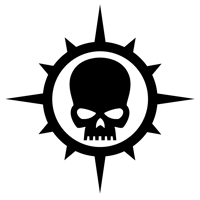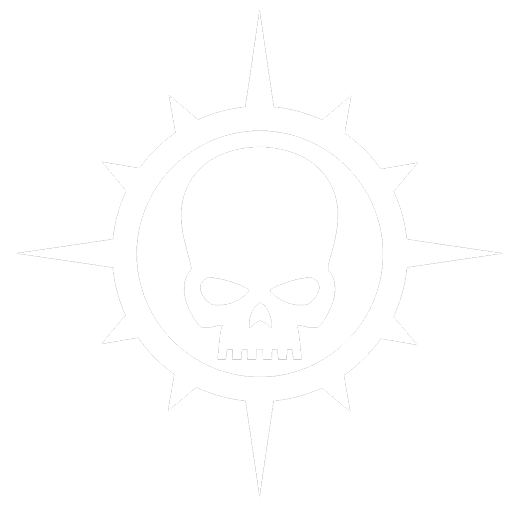Boltgun surprised a lot of people. The first game looked like a joke on the surface. Warhammer 40K crossed with pixel art and retro shooter aesthetics, but it nailed the tone, the speed, and the sheer violence of being a one-man walking exterminatus. You played as a Sternguard Veteran of the Ultramarines, delivering righteous fury through corridors of corrupted steel and heretic bone. And somehow, it all worked.
Now Boltgun 2 is coming. The Warhammer Skulls announcement didn’t give a date, but it confirmed what fans had suspected since the credits rolled on the first game. This isn’t a spin-off anymore. It’s a franchise.
The first Boltgun got so much right by keeping things simple. Move fast. Shoot faster. Keep your bolter fed and your enemies shredded. It didn’t try to be clever, it just focused on execution. Levels were tight but expansive. Enemy waves hit hard and often. Bosses were huge, loud, and angry. The game leaned into the exaggerated brutality of the setting without becoming parody. The game never framed you as a hero. It cast you as a weapon, built to destroy.
The setting shifts beyond Graia this time. The first game used the forgeworld as a familiar battleground, drawing visual ties to Space Marine. The sequel expands the war to a broader Chaos-infected sector, introducing new environments and mission types spread across corrupted Imperial worlds. The scale looks larger, with multi-part objectives and open maps broken into sectors. There’s a promise of more verticality, more traversal options, and more strategic use of the environment. Expect elevators, jump pads, collapsing walkways, and more than one section designed purely for carnage.

New enemies are also confirmed. Black Legion units return, but now they’re joined by daemon engines and traitor guard elements. Early footage hints at Defilers and Hellbrutes roaming the battlefield, alongside flesh-crafted monstrosities not yet named. Chaos Sorcerers are more active this time too, warping entire areas with zone-based effects that twist how you approach fights.
The arsenal expands in kind. The chainsword, bolter, and plasma gun return, but the new footage also shows the inclusion of melta-class weapons and a grav-gun variant. The shotgun has been reworked to punch through multiple targets in one blast, making it a proper tool for close quarters. Melee has also been adjusted, with new finishers and a momentum system that rewards aggression over defence.
The developers have also reworked enemy AI. The first game was chaos in motion, but it could fall into predictable rhythms. The sequel adds smarter positioning, timed charges, flanking behaviour, and overlapping unit types that force you to switch tactics on the fly. The result is a game that still feels fast, but punishes autopilot play. You can’t just circle-strafe your way to glory anymore. You have to think, even while moving at full tilt.
What hasn’t changed is the tone. Boltgun 2 keeps the same faux-90s aesthetic, right down to the chunky UI and palette-limited gore effects. The pixel violence remains beautifully crude, with blood sprays that coat the walls and enemies that explode like bags of wet meat. The voice lines are still shouted with the conviction of a man whose morning prayer included purging a continent. It still feels like a lost shareware classic that fell through time and landed in your Steam library by accident.

There’s also a new progression system. Rather than unlock weapons in sequence, Boltgun 2 allows you to choose between mission rewards that alter your loadout for the next stretch. This adds a tactical layer that was missing from the first game. Do you take the flamer to deal with hordes, or the kraken bolter to punch through elite armour? It’s not full character customisation, but it introduces player choice without bloating the mechanics.
The studio hasn’t said much about multiplayer or co-op. For now, all signs point to another solo campaign. That fits. This version of a Space Marine doesn’t need backup. He needs ammunition and a reason to hate.
If the first Boltgun proved anything, it’s that scale isn’t always the answer. Sometimes a focused, furious project with a clear identity can carry a franchise. The sequel now has the burden of expectation. Fans want more, but they also want the same. They want the purity of the bolter and the simplicity of a game that never forgets what it is. So far, Boltgun 2 looks like it understands that.




